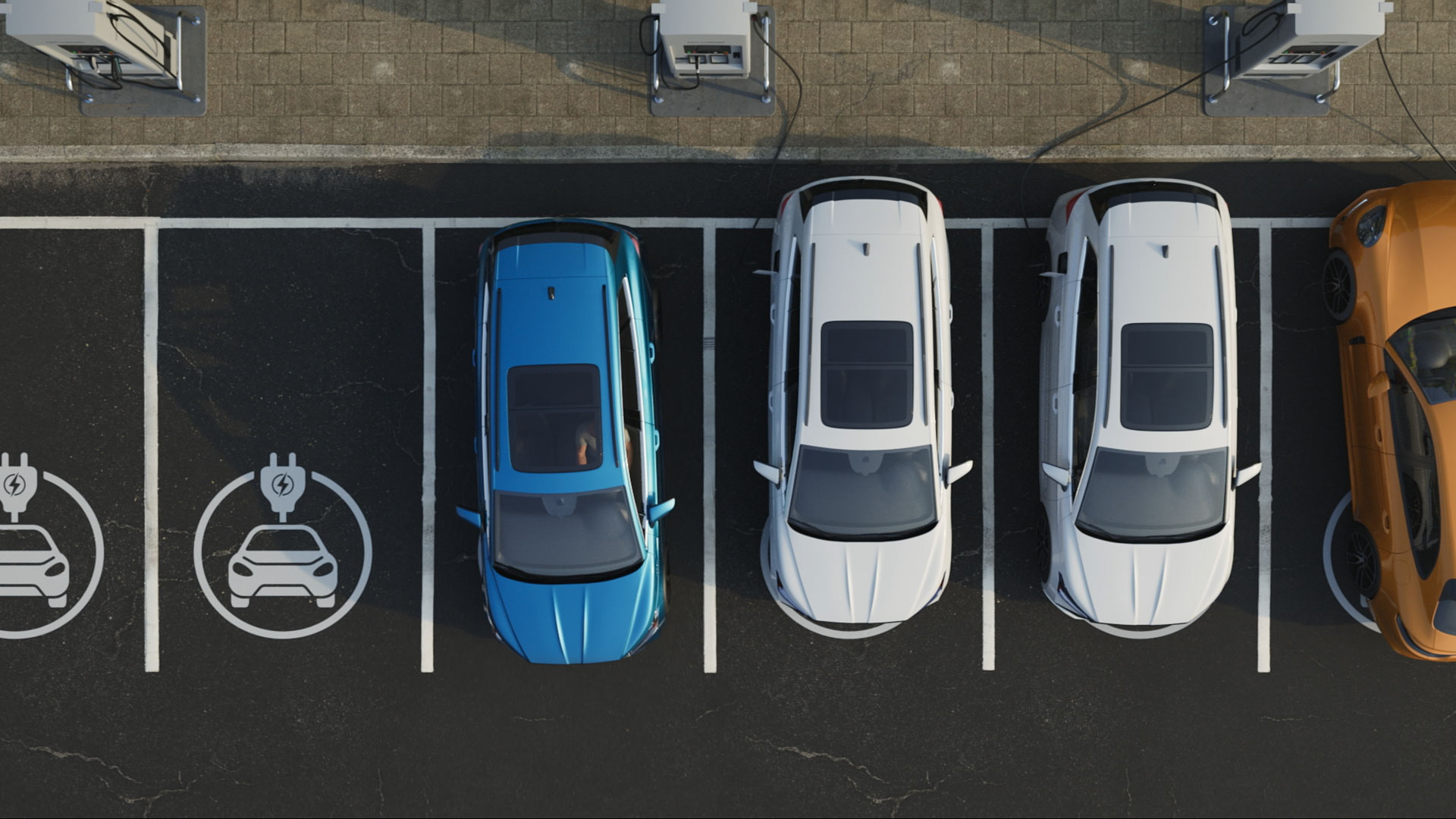
Practical EV Charging Lessons from the Grid to the Plug
WEBINAR Practical EV Charging Lessons from the Grid to the Plug Hear directly from the experts powering New York’s EV charging revolution. In this live

WEBINAR Practical EV Charging Lessons from the Grid to the Plug Hear directly from the experts powering New York’s EV charging revolution. In this live
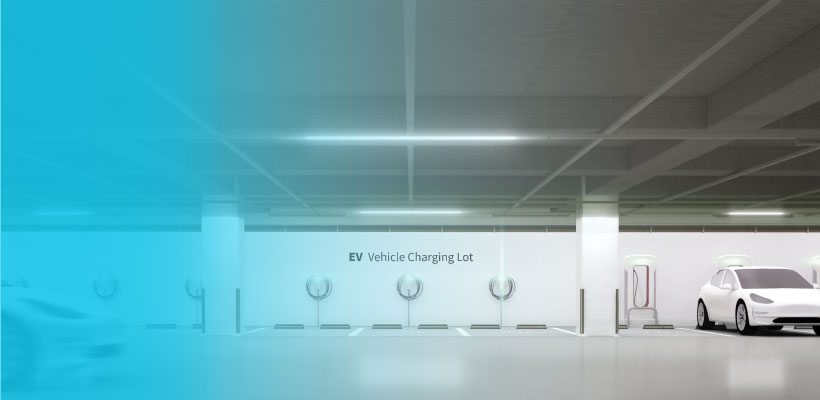
Get up to speed on NYC EV charging regulations, permitting, and infrastructure requirements every charge point operator and property owner needs to know.

Powering a Statewide Fleet Electrification Mission with Smarter Charging
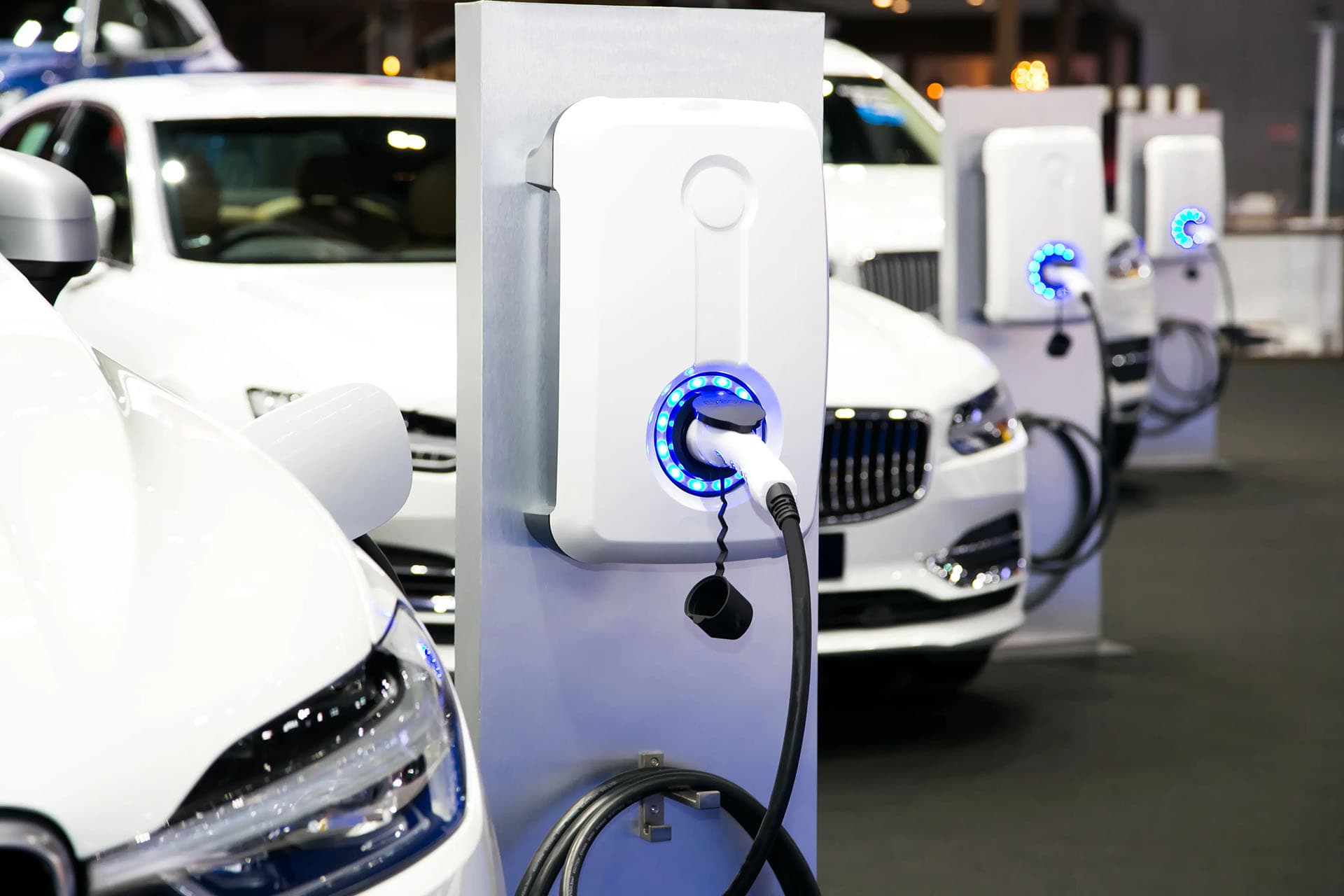
EV Power Management for Scalable Charging: Rethinking the Limits of Electric Infrastructure As electric vehicle adoption accelerates, so does the strain on our power systems.
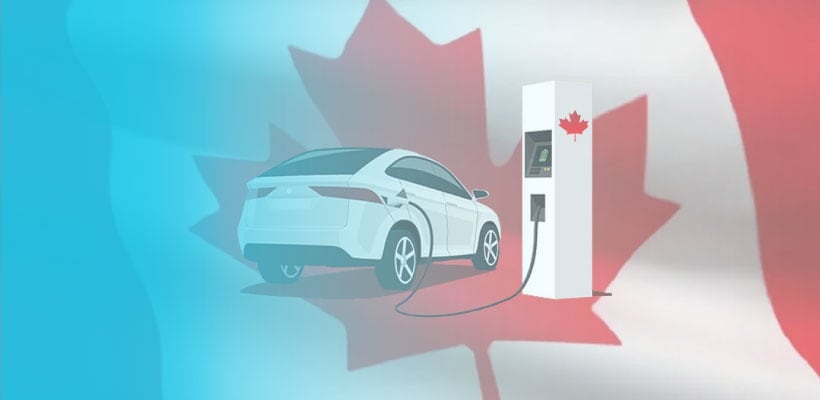
Discover how Canada’s EV incentives, legislation, and utility programs are driving the country’s shift to a cleaner, electric future and how you can benefit.

New 24/7 ‘superhuman’ AI agent dramatically improves customer service quality for EV drivers, while delivering significant cost-savings for Charging Point Operators Olivia is now available

Dick Lovett Porsche dealership streamlined its EV charging operations with Wevo Energy’s smart management platform, delivered in partnership with Simpson & Partners, optimizing energy use and enhancing the charging experience.

By leveraging Wevo Energy’s intelligent load management and open-certified platform, EVAYA expanded its charging network by 60% without grid upgrades, reducing costs while ensuring a seamless charging experience for residents.

HB Commercial is revolutionizing its energy management by integrating solar power and smart EV charging, reducing costs, optimizing operations, and reinforcing its commitment to sustainability.

Learn the key differences between EV charging Level 1, 2, and 3, and discover which is best for your business. Explore more now!

Empowering DVM Industries with a seamless, efficient, and scalable EV charging management solution.
With Wevo Energy, DVM has gained greater control, flexibility, and efficiency in managing thousands of charging stations across NYC and beyond.

A downloadable, always-updated table of all Open Charge Point Protocol (OCPP) Certified Chargers, taken directly from the OCA website.

An eMobility Service Provider (eMSP) is a company or organization that provides electric vehicle (EV) charging roaming services.

As the EV charging world keeps accelerating, Charge Point Operators (CPOs) and turnkey EV charger installers face a growing challenge: how to manage infrastructure upgrades
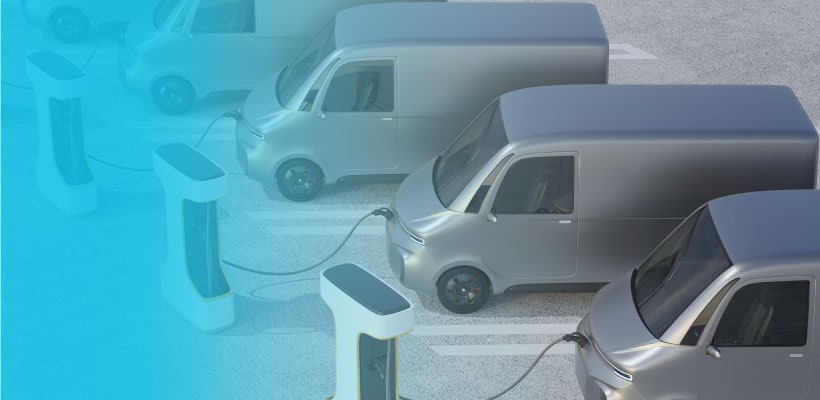
Learn about effective strategies for implementing electric vehicle fleet charging infrastructure to enhance operational efficiency and sustainability.

Introducing the Site Capacity Index: a game-changing tool optimizing EV charging, predicting upgrades, and maximizing existing infrastructure

A downloadable, always-updated, table of all Open Charge Point Protocol (OCPP) Certified Charging Station Management Systems (CSMS)
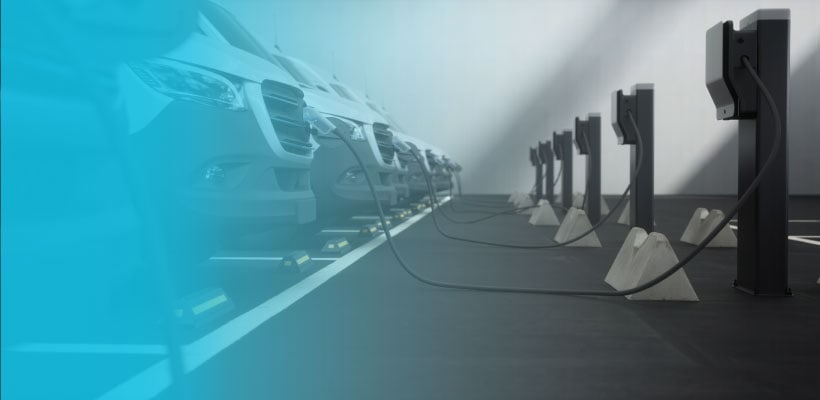
California is driving the EV fleet revolution with bold policies, substantial funding, and innovative infrastructure, setting the standard for zero-emission transportation nationwide. Discover how this trailblazing blueprint is shaping the future of fleet electrification.

Fleet electrification involves converting a fleet of vehicles to EVs to reduce costs, emissions, and improve efficiency and sustainability.

ISO 15118 is a standard for communication and interoperability between EV and charging stations. Learn about ISO15118 here

Discover the transformative milestones, industry shake-ups, and groundbreaking innovations that shaped the EV industry in 2024, setting the stage for a revolutionary 2025 in electric mobility.
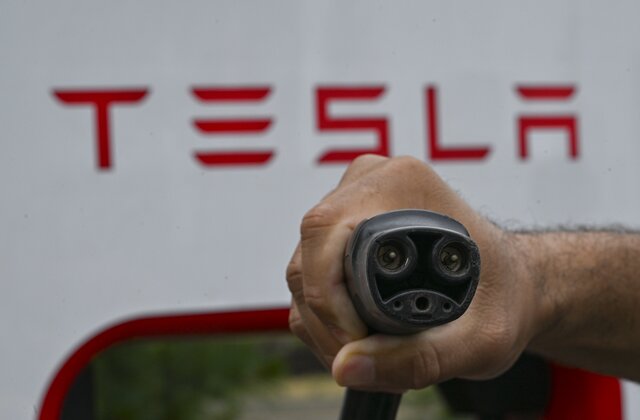
The North American Charging Standard (NACS) is gaining momentum in the US. Learn what is it, who supports it and its future
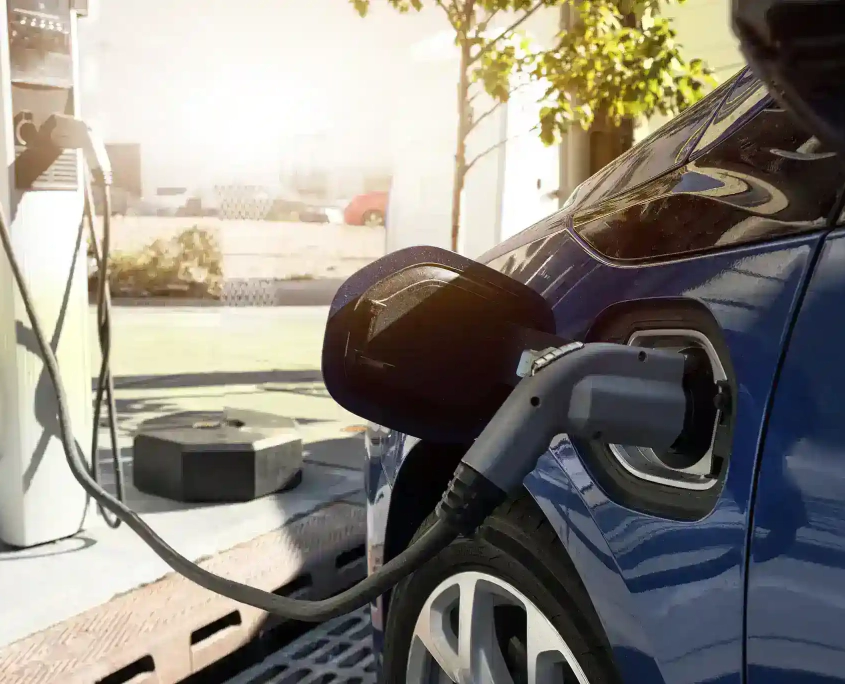
Open Charge Point Protocol (OCPP) is a communication protocol used to manage electric vehicle charging stations.
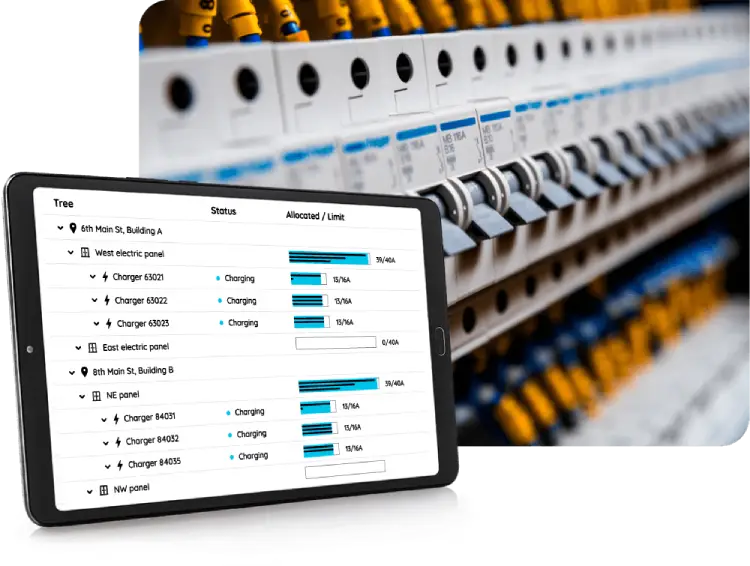
EV smart charging optimizes the charging process using advanced technologies to improve efficiency and reduce grid impact. Learn more about our solutions.
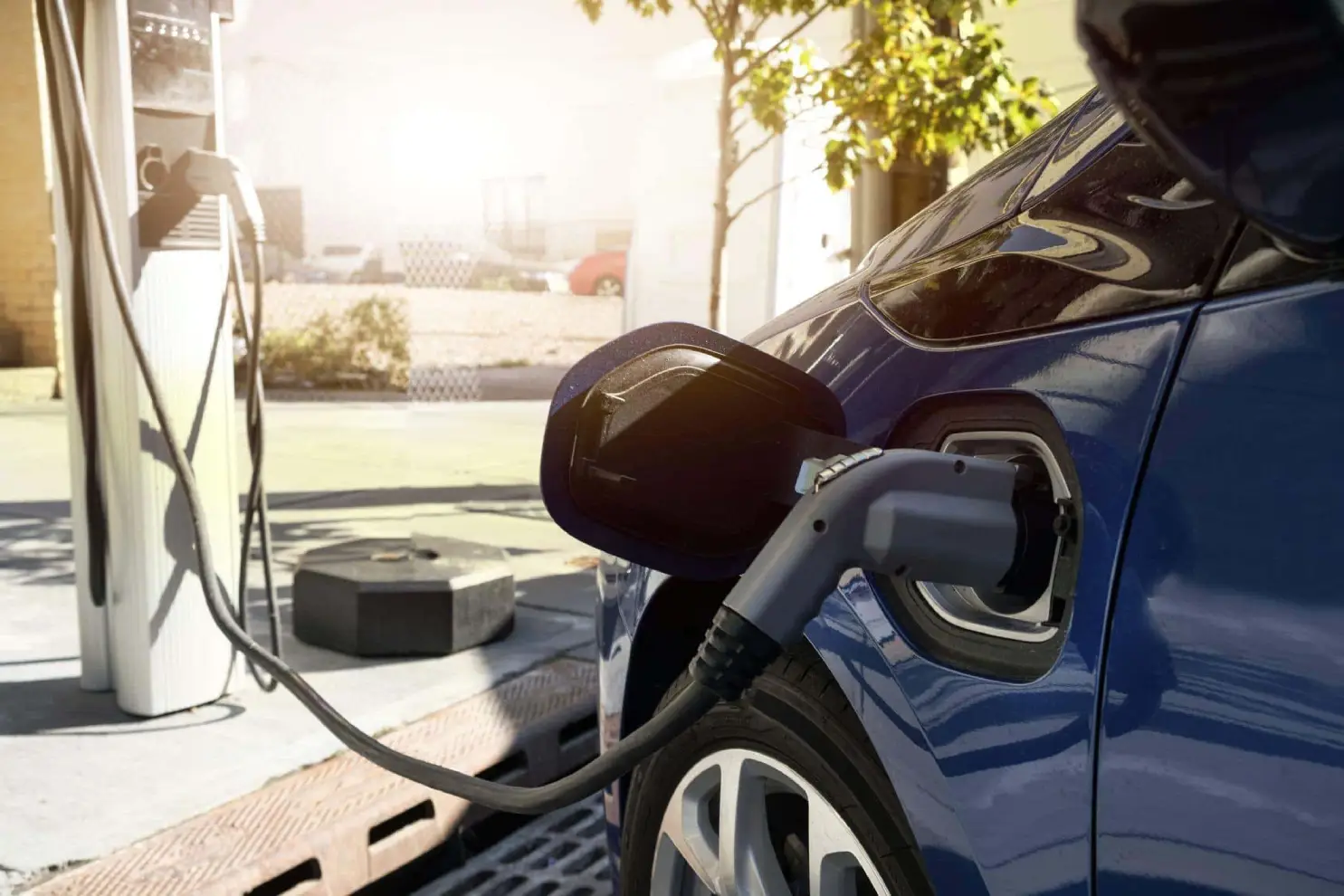
An EV Charge Point Operator (CPO) manages electric vehicle charging infrastructure. Click here to learn about Wevo Energy software solutions for EV CPO.
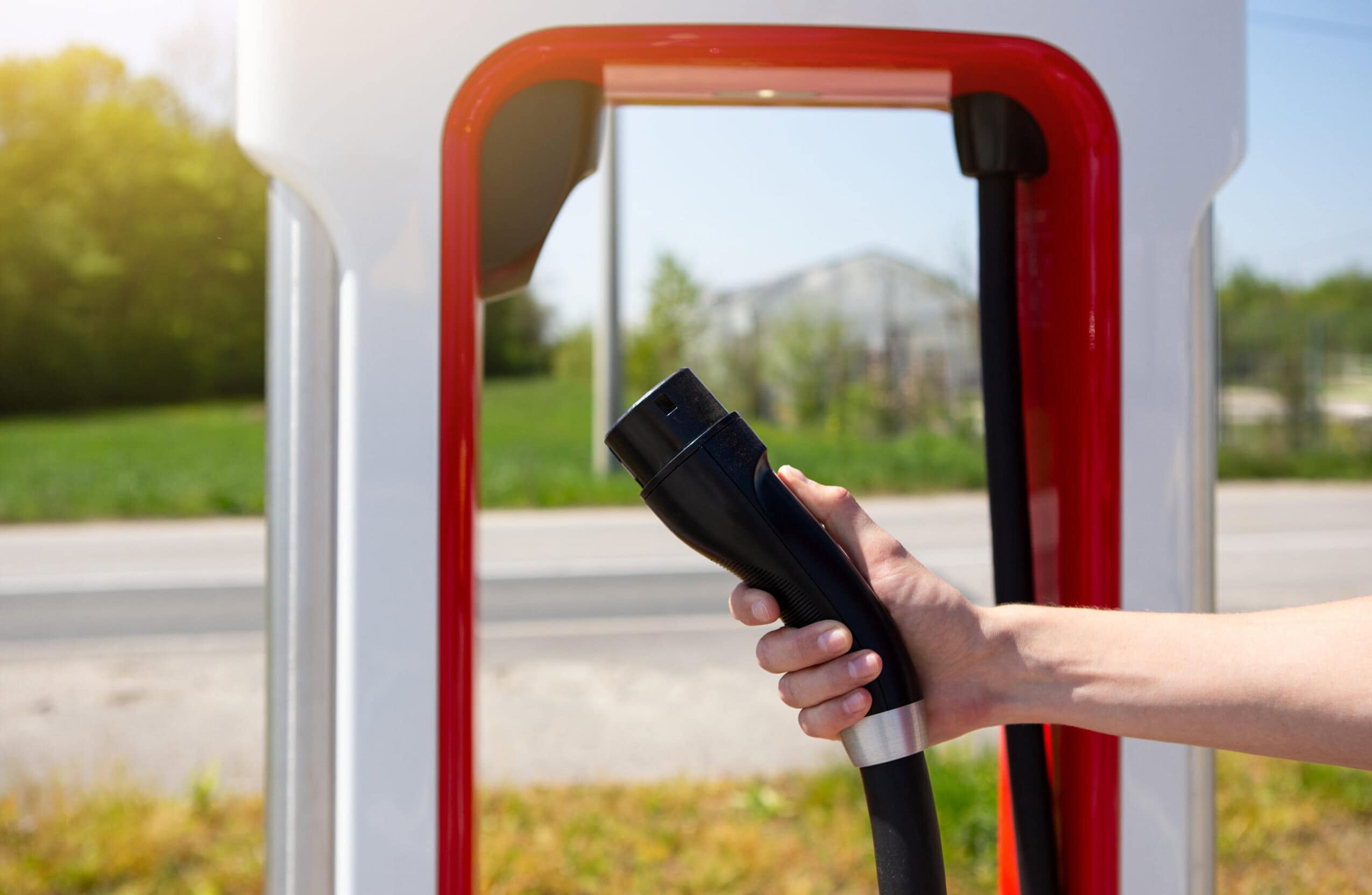
The SAE J3400 Charging Connector Standard, based on Tesla’s NACS, ensures North America EV charging interoperability and accessibility.
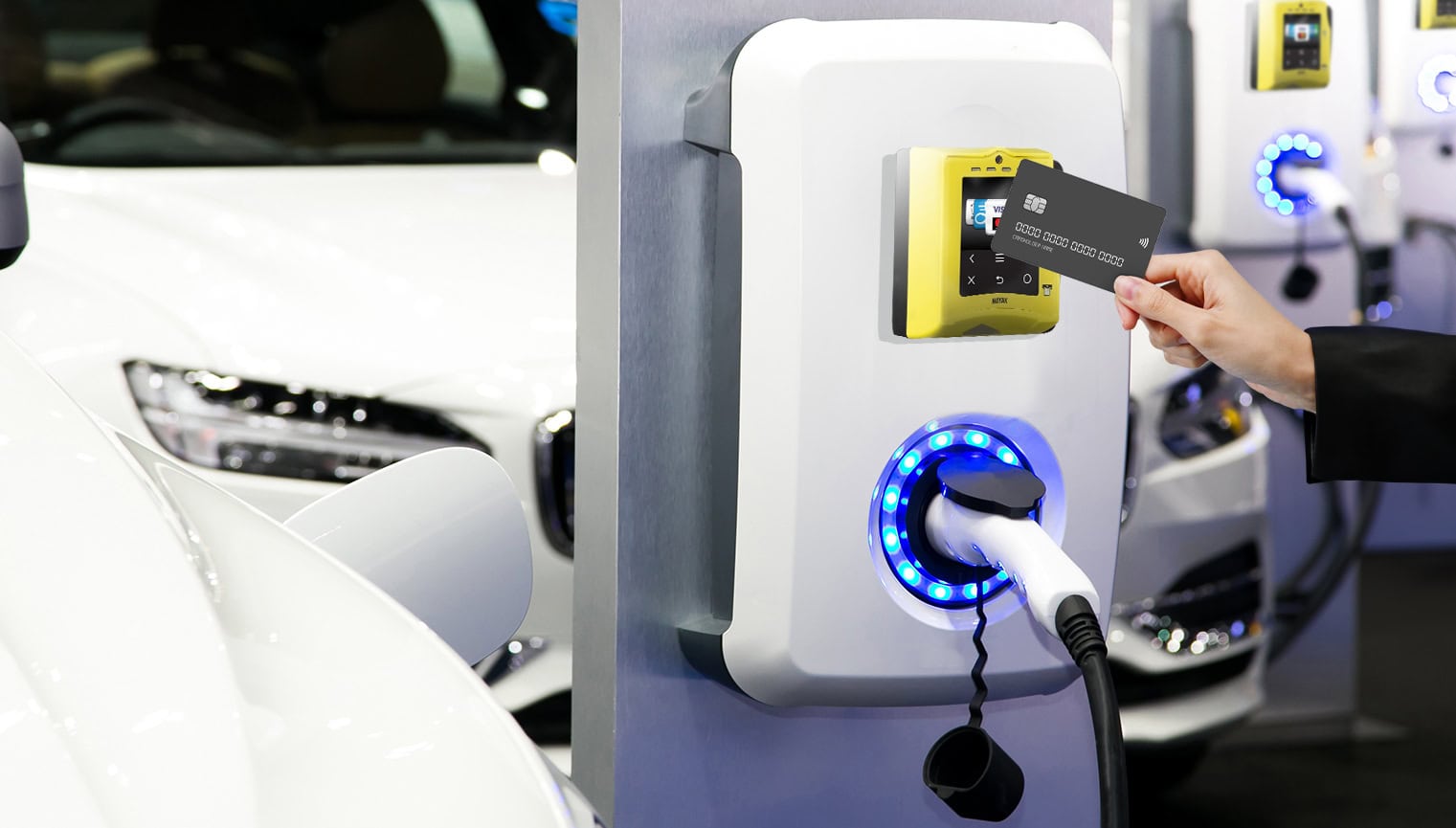
Leveraging OCPI 2.2.1 to revolutionize EV charging payment solutions to implement an EV Charger with Payment Terminal

Explore California’s EV charging station incentives and rebates to offset installation costs for homes, businesses, and fleets.

Stay compliant with UK electric vehicle public charge point regulations. Learn the key updates and see how Wevo Energy can support.

Discover if electric cars are cheaper than gas. Explore costs, savings, and charging solutions for apartment dwellers. Is it time to switch?
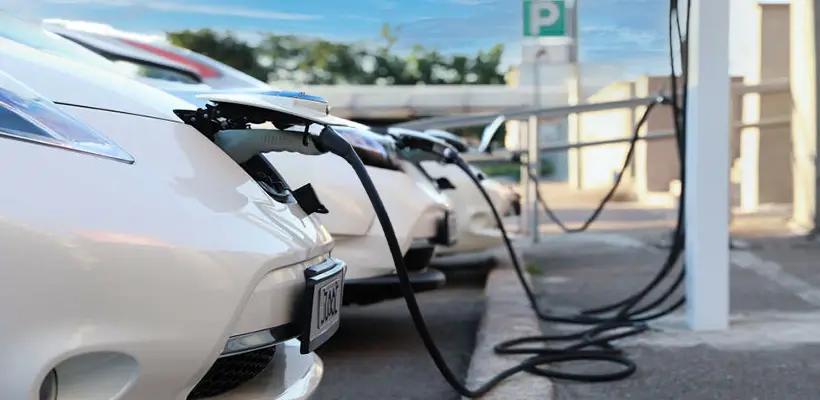
EV charging load balancing optimizes power distribution, ensuring efficient charging for multiple vehicles without grid overload. Learn more.

Explore how EV charging billing software simplifies charging management, enhances user experience, and future-proofs your business in the EV industry.
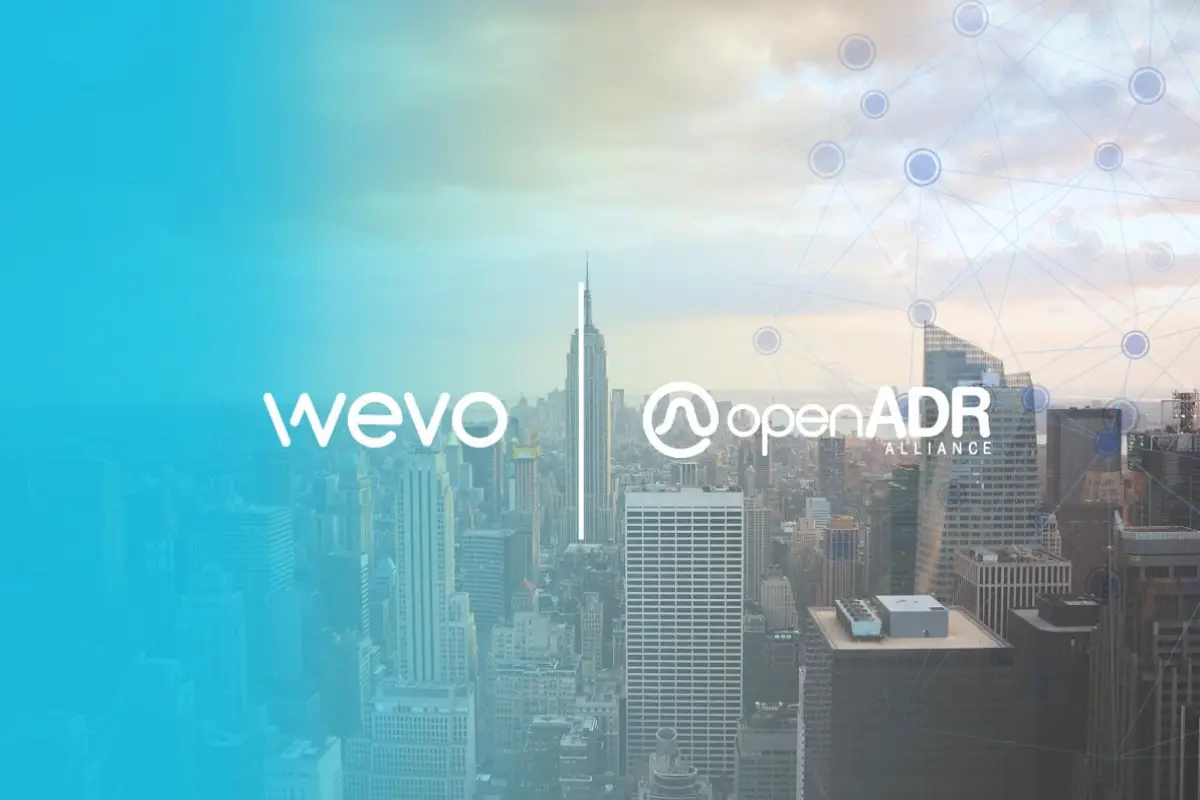
CALIFORNIA, Covina, October 7, 2024 – Wevo Energy, a global leader in EV charging management software, is pleased to announce its certification with OpenADR Alliance

Discover how solar EV charging integration optimizes energy use, reduces costs, and supports sustainability for businesses and multi-dwelling units.
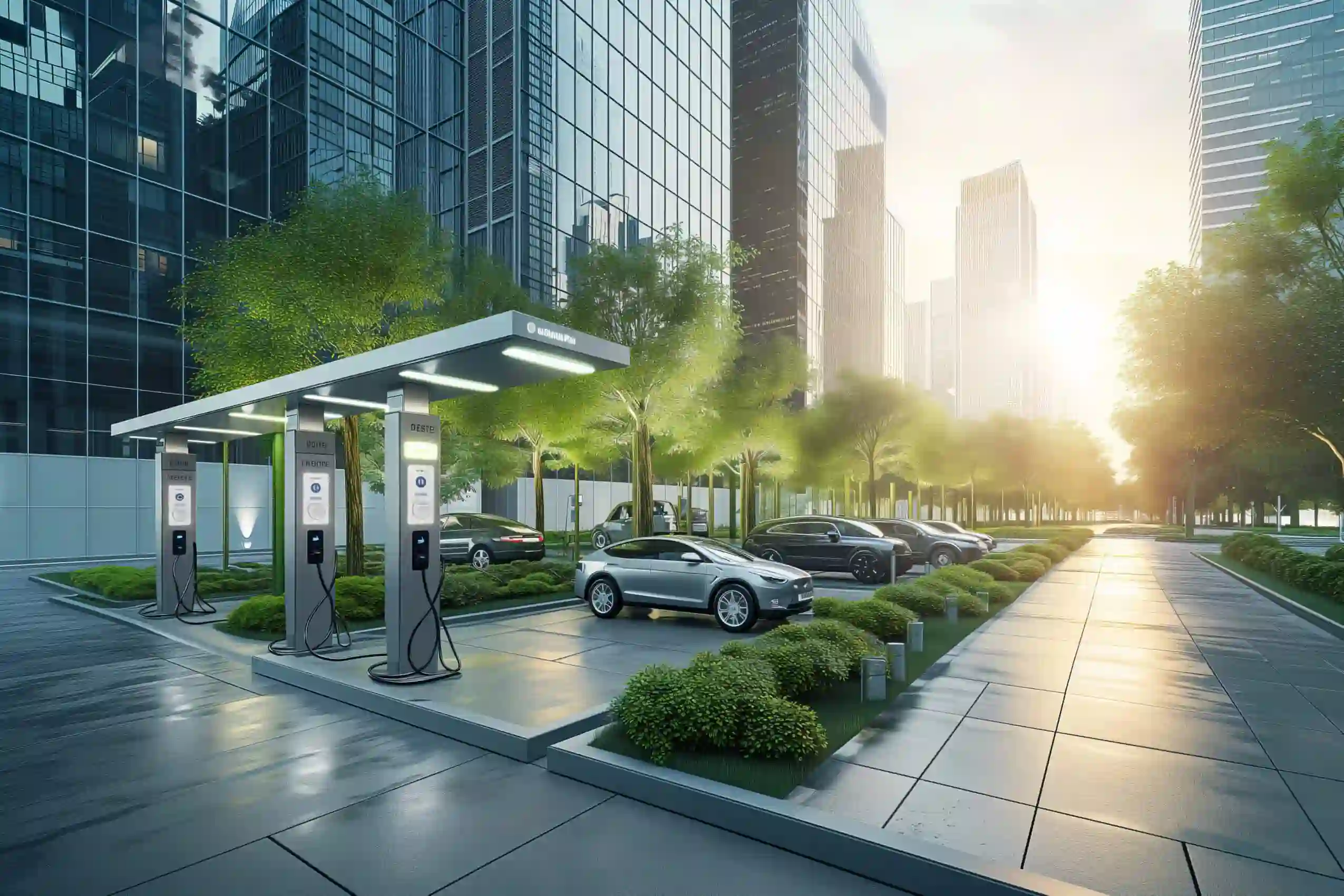
Boost employee satisfaction, sustainability, and property value with workplace EV charging. Learn the steps for a successful setup.
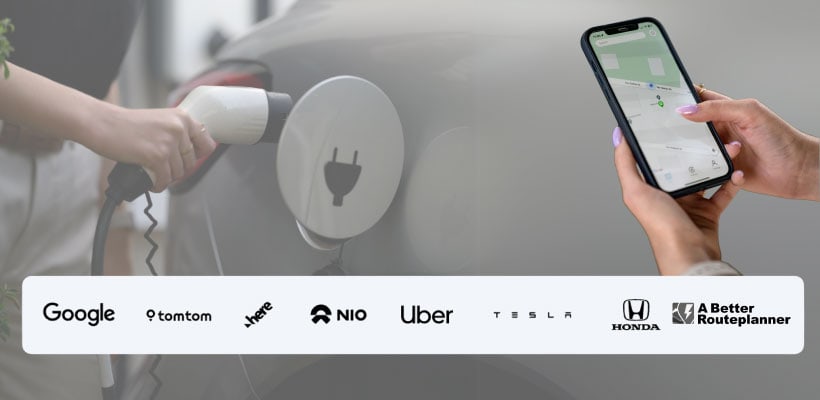
Boost EV charging station visibility and accessibility with Wevo Energy’s integration with Eco-Movement. Read more!
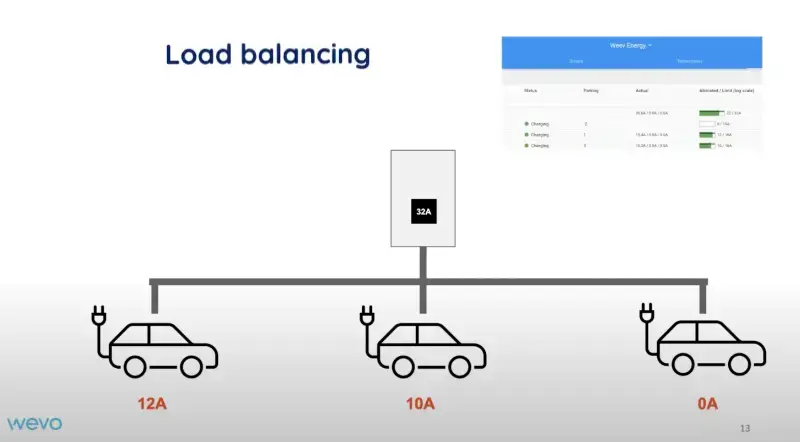
Discover innovative strategies in EV charging in the latest OpenADR webinar, featuring Wevo´s own Marina Hod. Watch the full webinar now!

Improve user experience and comply with regional regulations for EV charging payment methods. Our integrated solution supports EU AFIR, California CARB, and other regulations.
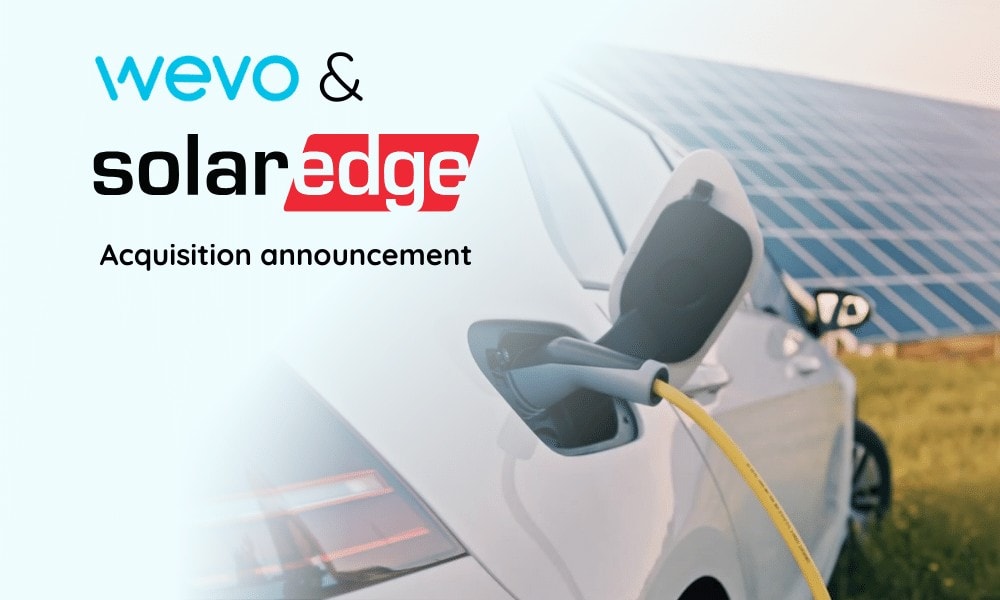
SolarEdge acquires Wevo, forming a powerful alliance for sustainable EV charging. Here’s what the future looks like.
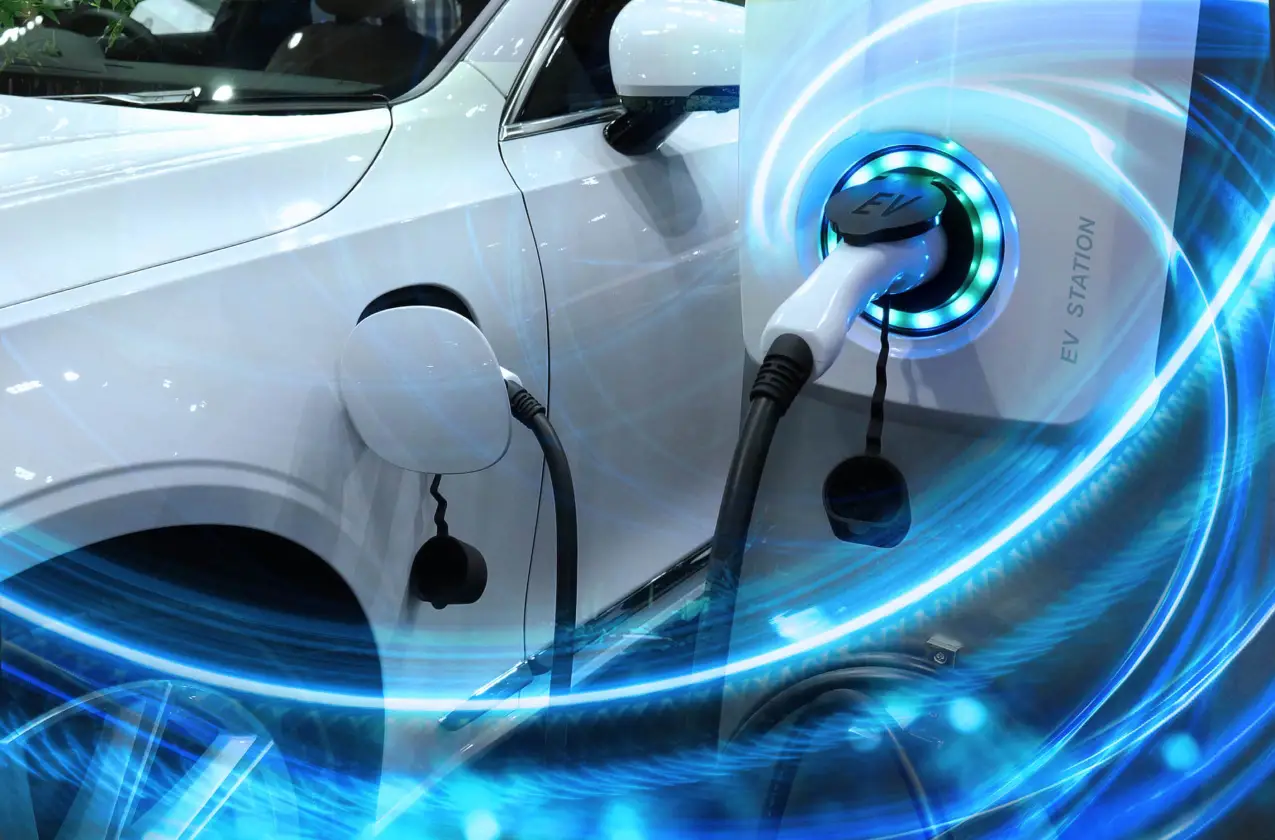
Struggling to install EV charging due to limited power? Wevo’s smart charging solutions optimize energy use, allowing you to maximize chargers & minimize costs. Learn about load balancing, OCPP & more!

The Fully Charged Podcast speaks with Effie Vraka who revealed how to leverage existing power for smarter EV charging in apartments
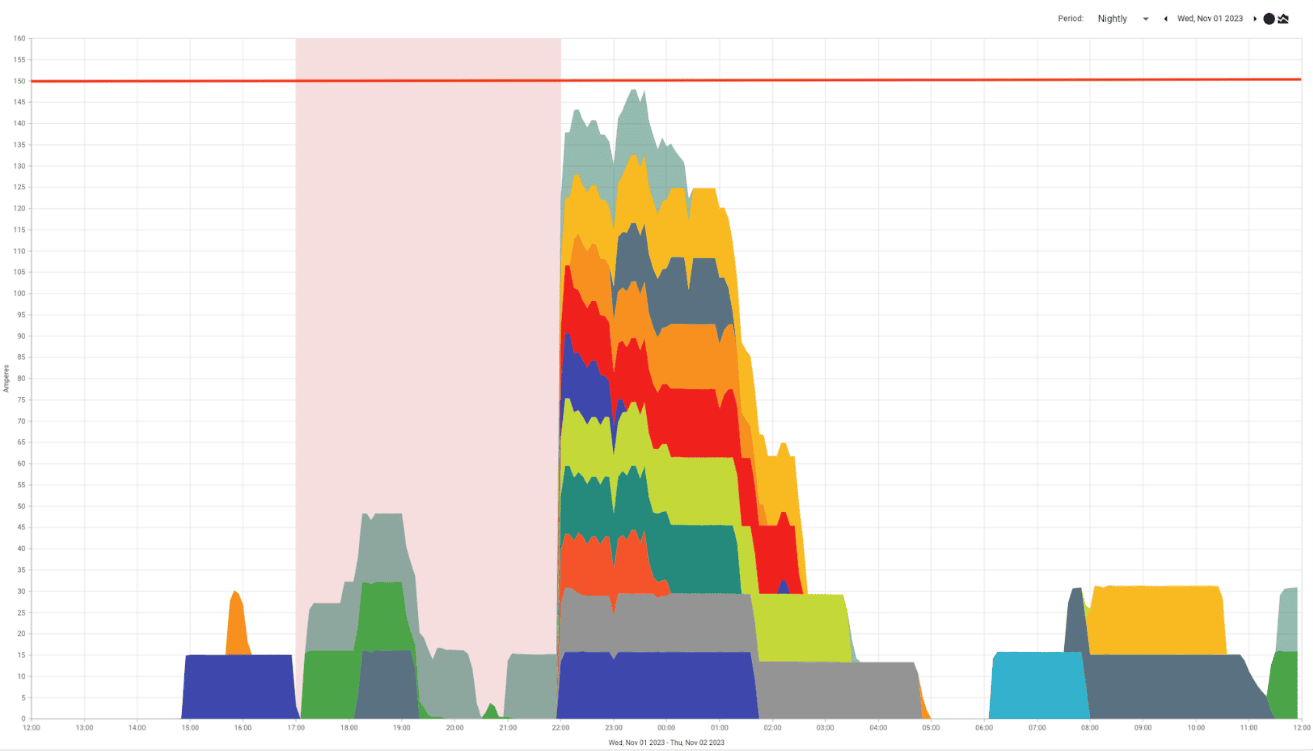
Get crucial tips for building a successful EV charging business provided by Ido Dagan, a CPO leader in providing charging solutions for multifamily residential areas.
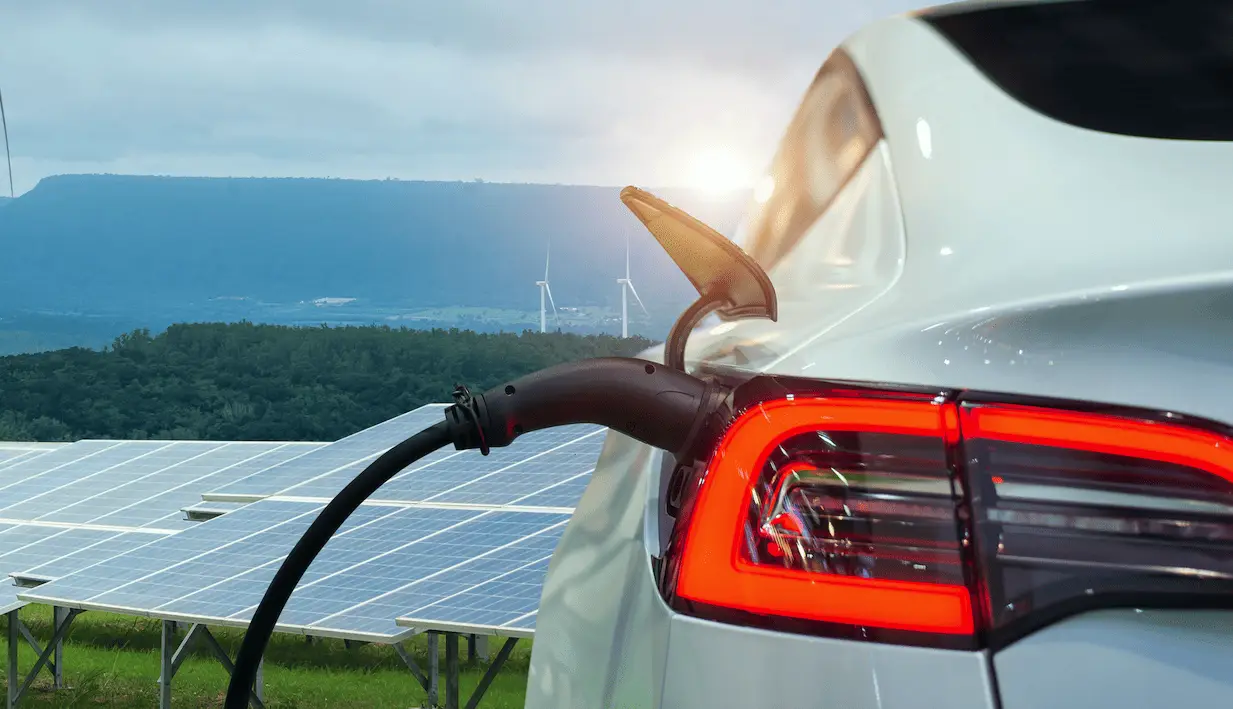
Solar EV Charging directly powers your car from the sun. Implement and optimize this process by selecting the right platform.

Dynamic load balancing optimizes the charging speed of EVs while preventing overloading of the building’s electrical system.

Smart charging regulations require all new charge points installed in the UK to have smart functionality. Learn how you can comply.

EV charger maintenance is critical to any EV charging network. Learn Wevo’s advanced EV charging station maintenance capabilities.

Charging as a Service (CaaS) is a subscription-based model providing a turnkey EV charging solution. What to look for when designing it?

Despite not being the latest version, OCPP 1.6 the most widely deployed and stable version of the protocol. Is OCPP1.6 here to stay?
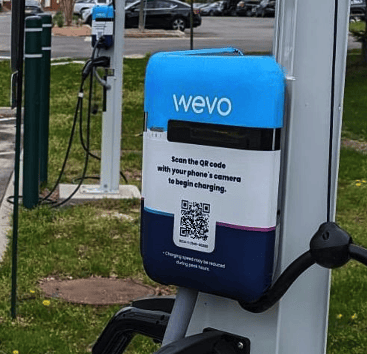
A guide for EV charging station owners explaining different EV charging billing options and software solutions
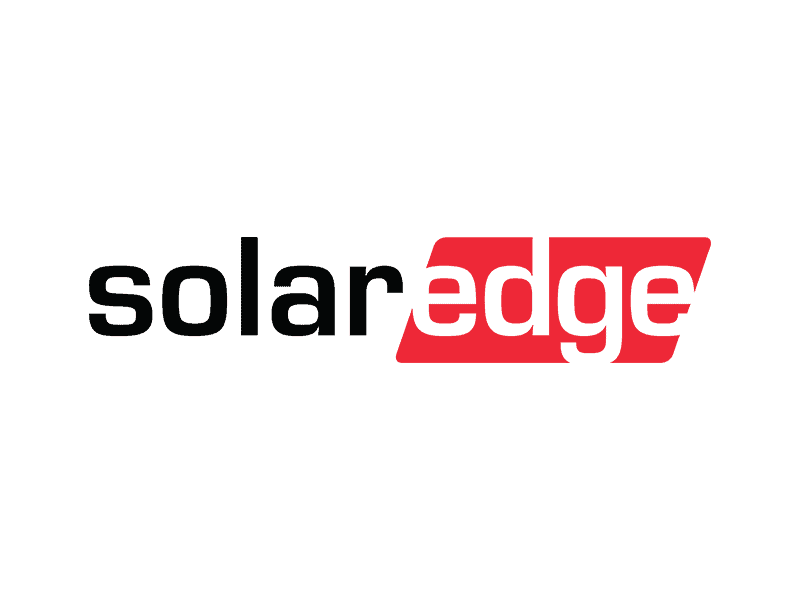
SolarEdge Launches solar-attached EV solution powered by Wevo, optimizes solar generation, battery storage and large-scale EV charging for commercial buildings

Three challenges that condo boards and HOAs face when implementing EV charging for condos and deeded parking and how to overcome them.

Wevo Energy’s load management system, maximize EV charging for condo buildings by intelligently allocating power where and when it’s needed.

How to promote sustainable transportation in your condo or apartment building by choosing the right EV charging stations

Top things to consider when setting up fleet charging at the workplace, employee homes, and public charging networks

Explore a quick guide on starting a EV charging business, a rewarding opportunity in the growing electric vehicle market
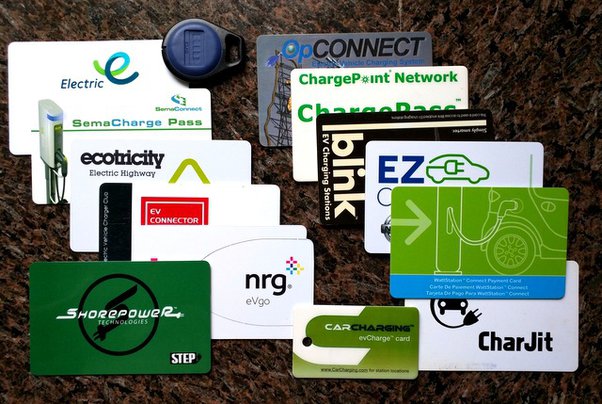
Protocols such as OCPP, OCPI, and OSCP ensure that electric vehicles are charged safely and efficiently. Find out more about EV charging protocols here

Learn how static and dynamic EV load balancing can manage grid demand using a robust EV load management system

Understanding the importance of the Open Charge Point Interface (OCPI) in Electrical Vehicle (EV) charging roaming

Learn cost-efficient apartment building EV charging solutions and how to reduce installation costs by leveraging Wevo Energy’s load management system.

An overview of the OCPP Security framework and best practices for electrical vehicle (EV) charge points and management systems.

Why the Open Charge Alliance OCPP EV Security Certificate is critical for your infrastructure safety and stability.
UK & Ireland
Wevo Energy UK Ltd.
71-75 Shelton St
London WC2H 9JQ
United Kingdom
+44 7378 554983
US & Canada
Wevo Energy Inc.
440 N Barranca Ave #9449
Covina, CA 91723
United States
+1 (888) 991 WEVO
Israel
Wevo Energy Ltd.
1 Hamada St.
Herzlia 4673335
Israel
+972 (54) 7769449
Germany
SolarEdge Technologies GmbH
Werner-Eckert-Str. 6
81829 Munich
Germany
Kordula.Wilhelm@solaredge.com
© 2025 WEVO ENERGY All Rights Reserved
Talk to our Specialist